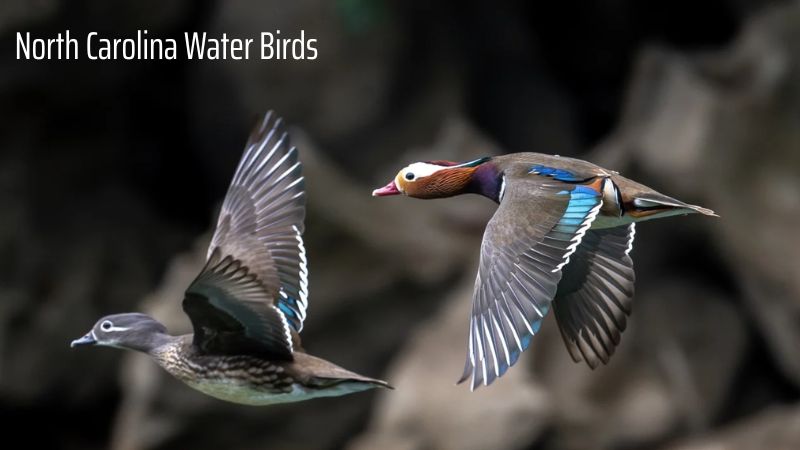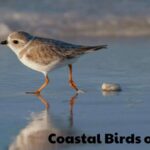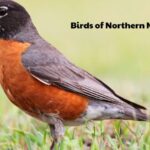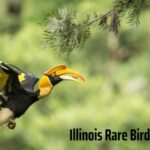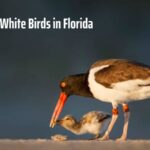Birds
Exploring North Carolina Water Birds: Diversity and Ecological Impact
In summary, North Carolina’s waterfowl play a vital role in maintaining ecological balance, serve as indicators of environmental health, and contribute to both the economy and culture. Protecting these species from threats like habitat loss and climate change requires dedicated conservation efforts, so join Bird 04 to explore north carolina water birds in more detail!
Diversity of North Carolina Water Birds
Common Families of Waterfowl
- Ducks, Geese, and Swans: This family of waterfowl includes a diverse range of species, each with unique adaptations for life on the water. Ducks are often seen dabbling in ponds and rivers, while geese and swans, with their larger sizes and more graceful appearances, are commonly found in lakes and wetlands. These birds play a crucial role in shaping their habitats through their feeding habits and migratory patterns.
- Herons, Egrets, and Pelicans: Known for their distinctive hunting techniques, this group of water birds includes long-legged herons and egrets, which wade in shallow waters to catch fish, amphibians, and insects. Pelicans, with their large, distinctive bills and impressive fishing skills, are often seen diving into the water to capture their prey. These birds contribute to the health of aquatic ecosystems by controlling fish populations and maintaining balance within their habitats.
- Shorebirds and Diving Birds: Shorebirds, such as sandpipers and plovers, are typically found along coastlines and mudflats, where they forage for invertebrates in the sand and mud. Diving birds, including species like the common loon and the grebe, are specialized for diving underwater to hunt for fish and other aquatic prey. These birds are essential for nutrient cycling in aquatic environments and serve as indicators of ecosystem health.
- Additional Families: Other notable families of water birds include Cormorants, which are known for their diving prowess and ability to catch fish, and Loons and Grebes, which are specialized for diving and swimming. These birds are adapted to various aquatic environments and contribute to the biodiversity and ecological stability of their habitats.
Distinctive Characteristics of Each Species
- Appearance and Size: Each species varies in color patterns, beak shapes, and body sizes, ranging from the elegant, long-necked herons to the smaller, compact ducks.
- Preferred Habitats: Waterfowl in North Carolina often inhabit freshwater lakes, coastal marshes, estuaries, and wetlands, depending on the species.
- Behavior and Feeding Habits: Many species exhibit specialized behaviors, such as dabbling or diving for food, while others prefer wading in shallow waters to catch fish or invertebrates.
Migration Seasons of Waterfowl
- Primary Migration Routes Through North Carolina: The Atlantic Flyway is the primary migration corridor for waterfowl traveling through the state.
- Causes of Migration: Seasonal changes in temperature, food availability, and breeding patterns trigger migrations, as birds move between breeding grounds in the north and wintering grounds in the south.
- Impact of Migration on the Ecosystem: Migration plays a vital role in maintaining balanced ecosystems, as waterfowl contribute to seed dispersal, nutrient cycling, and predator-prey relationships across different regions.
Role of Waterfowl in the Ecosystem
Ecological Balance
- Pest Control: Waterfowl help regulate populations of insects and small animals by feeding on them, thus maintaining a balanced food web in wetland and aquatic environments.
- Seed Dispersal and Forest Regeneration: Many waterfowl species contribute to seed dispersal by carrying seeds over long distances, which supports the regeneration of forests and the growth of aquatic plants.
Biological Indicators
Water Quality Indicators: Waterfowl are key bioindicators of water quality. Their presence, behavior, and population health reflect the overall condition of the aquatic ecosystems they inhabit, signaling changes in water pollution or habitat degradation.
Economic Value
Waterfowl contribute to the economy through eco-tourism, hunting, and birdwatching activities, which generate revenue for local communities and conservation efforts.
Cultural Value
Waterfowl hold cultural significance in many societies, often featured in art, folklore, and traditions, symbolizing themes of freedom, migration, and the changing seasons.
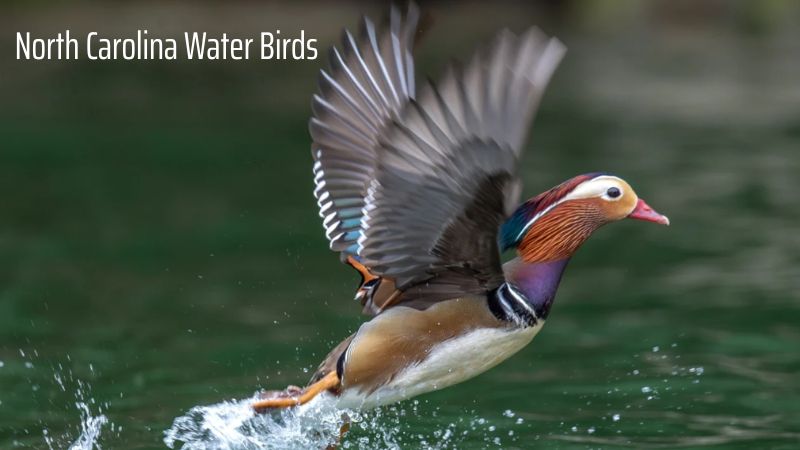
Challenges and Solutions for Waterfowl Conservation
Threats
- Habitat Loss: Wetland drainage, urban expansion, and agricultural activities lead to the destruction of critical habitats for waterfowl.
- Environmental Pollution: Pollution from pesticides, industrial waste, and plastic debris can poison waterfowl or degrade their habitats.
- Illegal Hunting: Poaching and unsustainable hunting practices pose a significant threat to the survival of certain waterfowl species.
- Climate Change: Rising temperatures, altered rainfall patterns, and extreme weather events disrupt migration routes and breeding cycles.
Conservation Solutions
- Establishing Protected Areas: Creating and expanding wildlife refuges and wetland reserves provides safe habitats where waterfowl can thrive.
- Raising Public Awareness and Education: Promoting conservation efforts through education and outreach helps build community support for protecting waterfowl and their habitats.
- Scientific Research for Effective Conservation: Conducting research on waterfowl behavior, population dynamics, and environmental conditions helps guide targeted conservation strategies.
- International Cooperation in Migratory Bird Conservation: Collaborating across borders through international agreements and conservation networks is essential to protect migratory waterfowl throughout their entire range.

